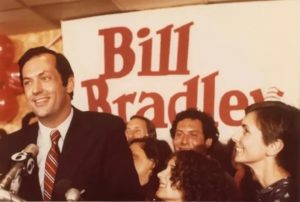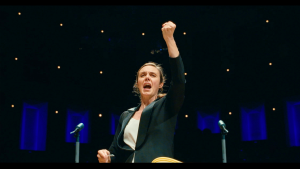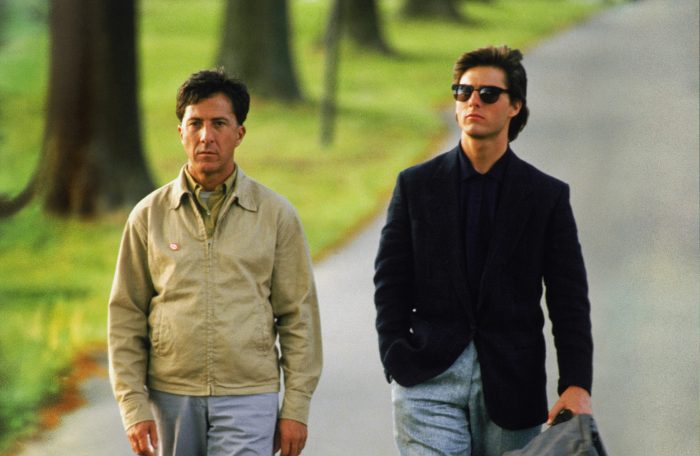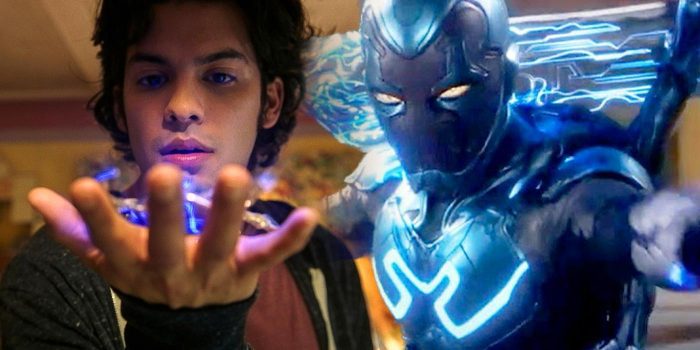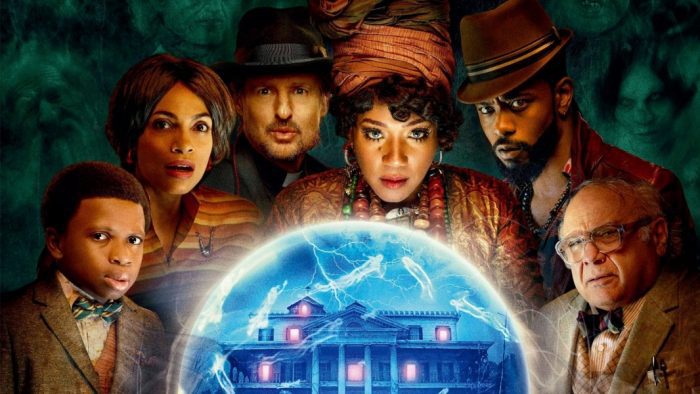Reviewed by Jeffrey Sanzel
Director Bishal Dutta has directed nineteen shorts. He has received worldwide acclaim, garnering half a dozen Best Director laurels at various international film festivals. Most recently, Life in Color was an official selection at The American Pavilion Emerging Filmmakers Showcase (2018 Cannes Film Festival). His work has included music videos and broadcast commercials.
NEON (distributor of the Academy Award-winning Parasite), along with QC Entertainment and Brightlight Pictures, produced Dutta’s first feature, the horror film It Lives Inside. Indian-born Sam (Megan Suri) is a high school student whose goal is assimilation. Her mother, Poorna (Neeru Bajwa), clings to their cultural roots, while her father, Inesh (Vik Sahay), attempts to navigate the two worlds and make peace between mother and daughter.

At school, Sam’s childhood friend, Tamira (Mohana Krishnan), is something of an outcast. She comes late to class, wanders the halls, and lurks underneath the bleachers, muttering fiercely and tapping a glass container that never leaves her hands. (Until this point, the film’s subtitle could have been Monster in a Mason Jar.)
Concerned but hesitant to associate with Tamira, Sam confronts her former friend. Tamira attempts to explain the evil within. In the ensuing disagreement, Sam calls her “a psycho” and smashes the jar, releasing the trapped entity. Tamira disappears, and the spirit latches onto Sam.
The rest of the film follows Sam’s arc from the fear of losing her sanity to accepting the reality of the pishacha, a flesh-eating demon. The pishachi, part of Hindu and Buddhist mythologies, feed on dark feelings like anger and hatred. They attack by first isolating the target, then slowly eating the soul.
In many ways, It Lives Inside is standard monster fare, no different than dozens (hundreds?) of high-school-girl-in-terror movies. (The high school mascot—a bit on-the-nose—is a werewolf.) However, Dutta, who penned the screenplay, presents a unique reflection of the immigrant experience through this unusual horror prism.
The cultural elements are integral in the storytelling and ultimate resolution. The family celebrates Durga Puja, a holiday paying homage to the Hindu goddess Durga’s victory over the shape-shifting demon Mahishasura. The party offers a glimpse into the community, showing Poorna’s desire to honor her heritage and Sam’s desire to remain outside it. When Dutta shows these pieces, the film comes to life.
The most lingering moment involves the aftermath of a grisly death that Sam witnesses. The neighbors’ faces suggest suspicion, not compassion. Dutta comments boldly and effectively on “immigrant as other,” revealed in the brief visual commentary. This moment speaks more powerfully than a dozen speeches could convey.
Suri is first-rate as Sam, balancing the character’s struggles, seeming descent into madness, and inner strength. She is the modern Scream Queen: resourceful, smart, and brave; willing to sacrifice everything but her humanity. She manages to make even the weakest dialogue believable.
Bajwa and Sahay avoid caricatures and find a nice contrast as the parents, both trying to understand and support their child. Gage Marsh is very “boy band” as a quasi-date who meets an inevitable end. Betty Gabriel plays Sam’s teacher, Joyce Dixon, one of those fantasy mentors who never seem to leave school and are always available. We know she is cool because she wears a Berkley sweatshirt (coincidentally, where Dutta teaches film). Gabriel makes the stock character completely real.
Strangely, the film seems underpopulated. Students barely register; party guests are mere ciphers.
Sadly, as a horror film, it falls short. The absence of tension is not replaced by any genuine atmosphere or style. The tired tropes—whispering voices, red lights, a journal with dire warnings and disturbing sketches, dreams within dreams—play strictly as clichés, making the short running time seem to plod towards its inevitable and strangely tacit conclusion. Often, it feels like a lesser episode of the 1970s television series Kolchak: the Night Stalker.
Of the monster itself, it remains invisible for most of the film. Occasionally, Dutta allows a glimpse—mostly a shape in the dark with eyes charged by a pair of old AAA batteries, accompanied by a growl that claims the eeriness of an annoyed Dachshund. The final encounter reveals a refugee from the creature-feature rubber suit brigade. The matinee monster looks slightly less than a Party City Alien or perhaps something ordered out of the back of a comic book. Spikey and mildly reptilian, it elicits no response outside of a mirthless and disappointed chuckle from the anesthetized audience.
If only Dutta had leaned further into the social core, he would have created something memorable. Instead, It Lives Inside remains a rather flabby thriller with a fascinating—but unrealized—potential.
Rated PG-13, the film is now playing in local theaters.

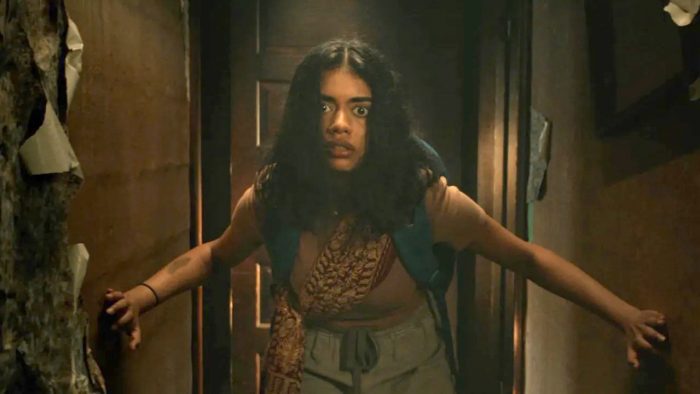
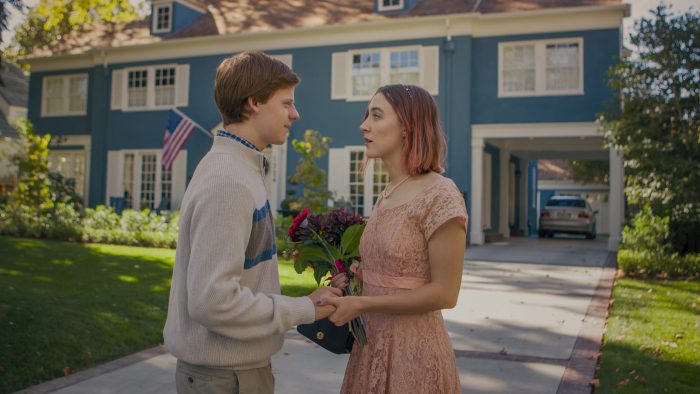
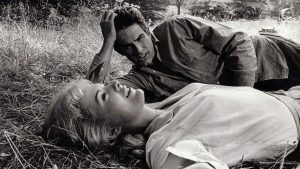
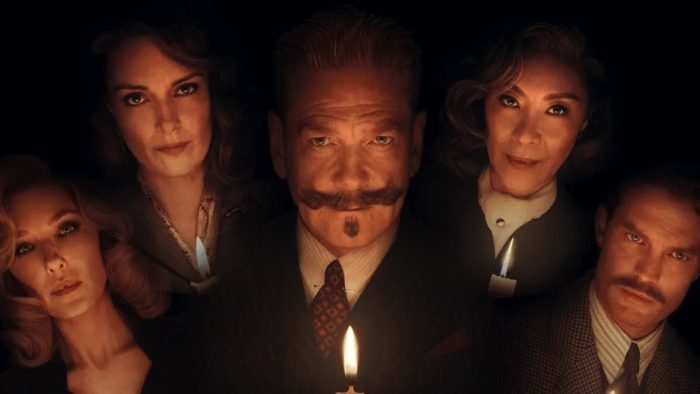
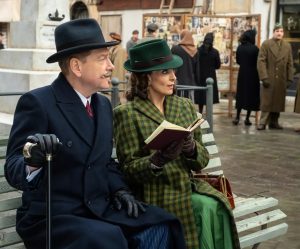
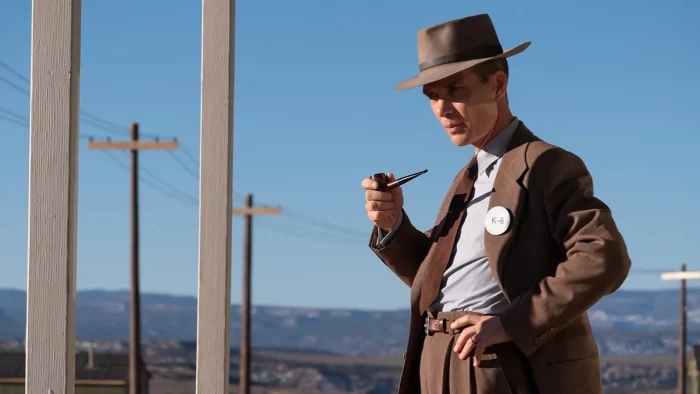
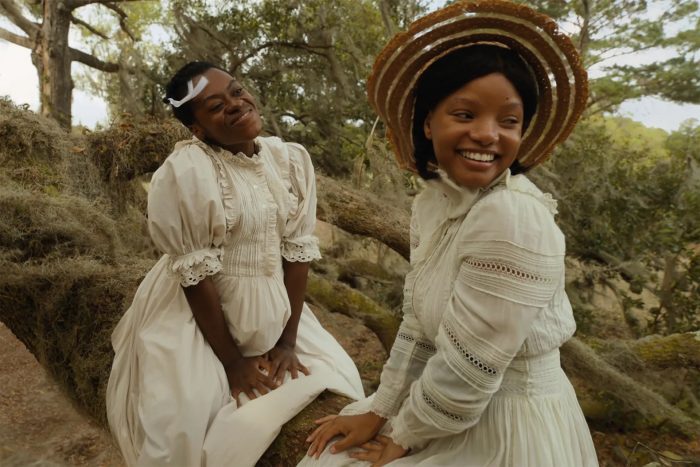

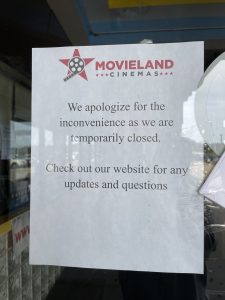 Located in Coram at 1850 Route 112 in the Pine Plaza, the theater opened in 1995 and changed hands many times, most recently in 2022 after extensive renovations.
Located in Coram at 1850 Route 112 in the Pine Plaza, the theater opened in 1995 and changed hands many times, most recently in 2022 after extensive renovations.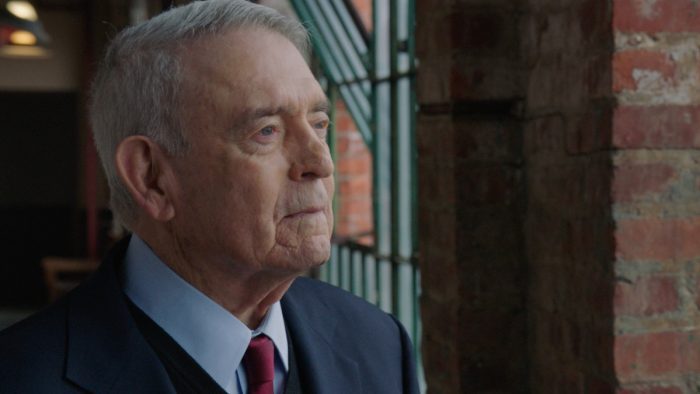
 FILM SCHEDULE
FILM SCHEDULE




